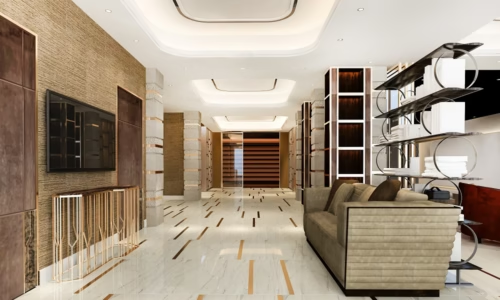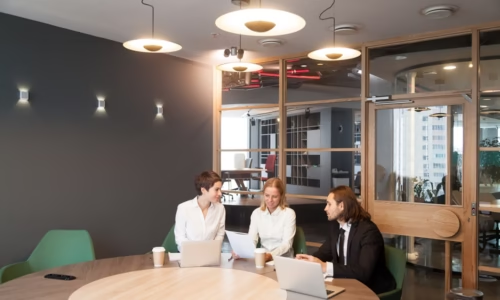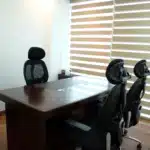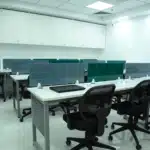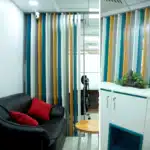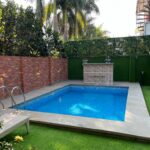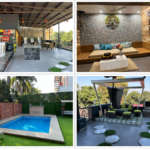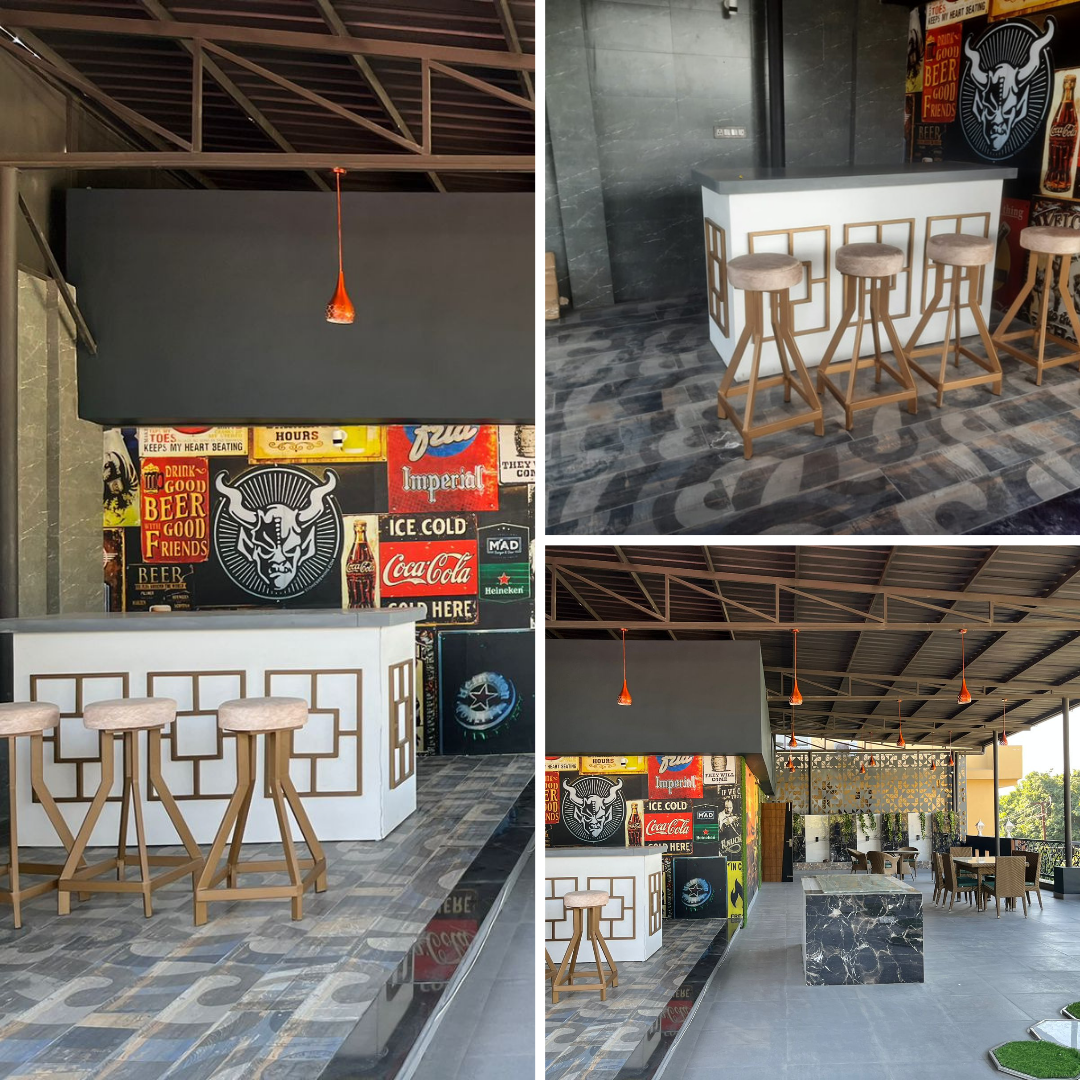How to Design a Great Office on a Tight Budget
- Amodini Systems
- 0 Comments
Designing a great office doesn’t have to mean spending a lot of money. Many businesses, startups, and freelancers work with limited budgets but still want a workspace that feels inspiring, organized, and professional. The good news is that you can create a comfortable, stylish, and productive office environment even when your budget is tight.
In this guide, we’ll explore smart, affordable ways to design an office that looks great and supports your work goals. From choosing the right furniture and layout to adding lighting, color, and décor, every detail can make a big difference without draining your wallet.
1. Plan Your Office Design Before Spending
Before you buy anything, take time to plan your office space carefully. A clear plan saves money and helps you make smart decisions. Start by answering a few key questions:
-
How many people will use the space?
-
What kind of work will be done there?
-
Do you need private areas or open workstations?
-
What items are absolutely necessary right now?
Once you know these details, draw a simple layout on paper or use a free online design tool. Include the furniture placement, storage areas, and walking paths. Planning helps you avoid unnecessary purchases and ensures you use your space efficiently.
2. Choose Budget-Friendly Furniture
Office furniture often takes up the biggest portion of a setup budget. But you don’t need to buy everything new. Look for affordable alternatives that still offer comfort and durability.
Here are a few ideas:
-
Used Furniture Stores: Many businesses sell gently used desks, chairs, and filing cabinets at a fraction of the original cost.
-
Online Marketplaces: Platforms like Craigslist, Facebook Marketplace, or local business auctions often have great deals.
-
DIY Furniture: With some creativity, you can repurpose old tables or even wooden pallets into desks or shelves.
Tip: Prioritize ergonomic chairs and desks since comfort affects productivity. Spending wisely on these items can prevent health issues like back pain and fatigue.
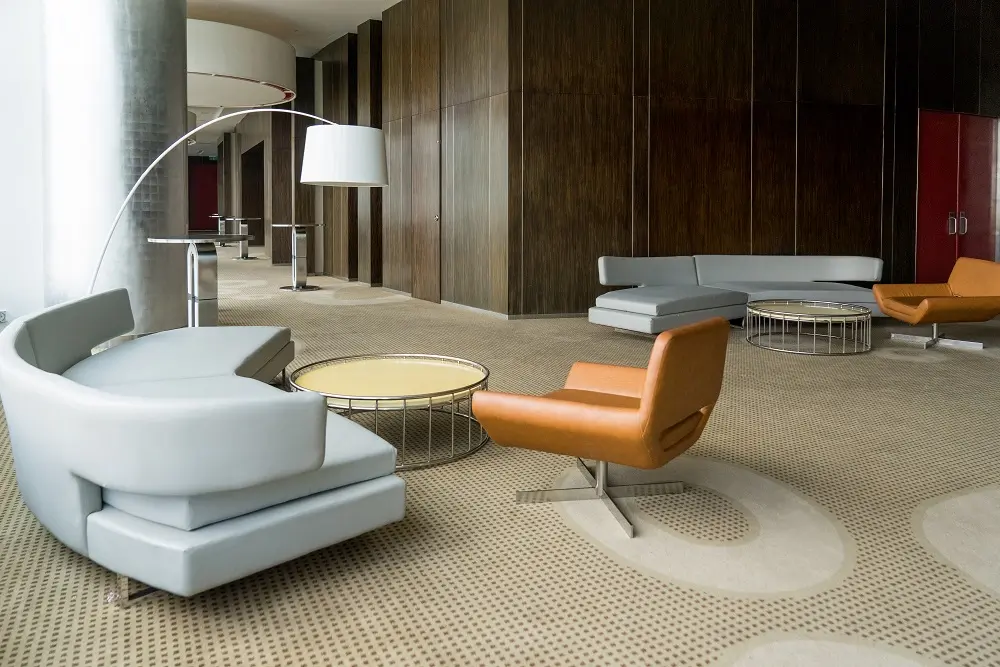
3. Use Space Efficiently
If you’re working with limited space, good design can make even a small office feel bigger. Avoid bulky furniture and use vertical storage options like shelves or wall-mounted racks.
Space-saving ideas:
-
Choose compact desks with built-in drawers.
-
Use corner spaces for filing cabinets or small tables.
-
Add floating shelves to store files and supplies.
-
Consider multipurpose furniture—like a desk that doubles as a meeting table.
By keeping the layout open and organized, you create a sense of spaciousness that boosts focus and comfort.
4. Make Lighting Work for You
Good lighting is essential in any office, but that doesn’t mean you have to spend a lot. Natural light is free and uplifting, so if possible, position desks near windows. Natural light not only saves electricity but also boosts mood and concentration.
For artificial lighting, go for affordable LED lights. They use less energy and last longer. You can also add small desk lamps for focused tasks or warm light bulbs to create a cozy atmosphere.
Quick Tip: Avoid harsh fluorescent lights that can cause eye strain. Instead, mix natural, overhead, and task lighting for balance.
5. Choose Affordable Yet Stylish Décor
Décor adds personality to your workspace. It helps employees feel comfortable and motivated. But decorating doesn’t have to cost a fortune.
Here are some budget-friendly décor ideas:
-
Hang motivational posters or inexpensive artwork.
-
Use indoor plants—they’re cheap, beautiful, and improve air quality.
-
Add a pop of color through curtains, rugs, or wall paint.
-
Use photo frames or creative wall hangings to personalize the space.
Even small decorative touches can make your office look fresh, warm, and inviting.
6. Focus on Function Over Fancy
When working with a tight budget, it’s important to prioritize function over appearance. A fancy design may look impressive, but it won’t help much if your team struggles to work efficiently.
Your goal should be to create a layout and design that improves productivity. Keep the workspace clutter-free, ensure everything has a place, and make sure employees have what they need close by.
Practical essentials include:
-
Comfortable seating
-
Good lighting
-
Accessible power outlets
-
Organized storage areas
Once functionality is taken care of, you can gradually add more decorative or stylish touches over time.

7. Repurpose and Recycle What You Have
Before buying anything new, look around your current space. You might already have items that can be reused or repurposed.
For example:
-
Old shelves can be repainted or used for new storage.
-
Wooden crates can become creative shelving units.
-
An old dining table can work as a shared meeting table.
This not only saves money but also supports a sustainable approach to office design.
8. Create a Color Scheme That Inspires
Colors play a big role in how your office feels. You don’t have to hire a designer—just pick two or three colors that complement each other and fit your brand’s personality.
Here’s a simple color guide:
| Color | Effect | Ideal For |
|---|---|---|
| Blue | Calm, Focus | Workstations, meeting rooms |
| Green | Refreshing, Relaxing | Break areas, creative spaces |
| Yellow | Energizing, Positive | Brainstorming zones |
| White | Clean, Spacious | Small offices |
| Gray | Neutral, Modern | General work areas |
You can apply these colors through wall paint, furniture, or small decorative items. Even a few colorful touches can completely change how your office feels.
9. Invest in Organization
A messy workspace can reduce productivity and cause stress. Luckily, keeping things organized doesn’t require expensive solutions.
Here are simple ways to organize your office affordably:
-
Use file folders or inexpensive plastic bins to group items.
-
Label everything clearly.
-
Store rarely used items in closed cabinets.
-
Keep daily-use items within reach.
A tidy office not only looks professional but also helps employees stay focused and efficient.
10. Bring in Greenery and Nature
Plants are one of the easiest and cheapest ways to make your office feel alive and welcoming. They purify the air and create a soothing environment.
Choose low-maintenance plants such as snake plants, pothos, or peace lilies. Place them near windows, on desks, or in corners to add a touch of nature.
If your office lacks natural light, artificial plants can still add freshness without requiring care.
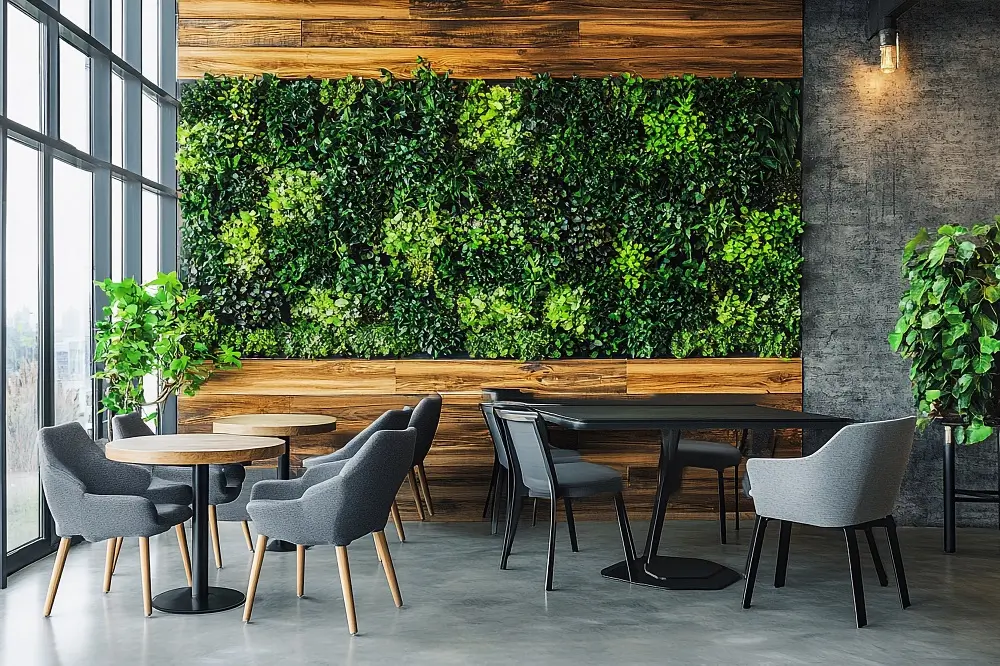
11. Involve Your Team in the Design
If you have employees, get their input while planning your office design. They can offer practical ideas and help create a space everyone enjoys. You can even assign small decoration tasks to each person to make the environment more personal and collaborative.
Team involvement not only reduces your workload but also increases satisfaction and creativity in the workspace.
12. Keep Improving Over Time
Office design doesn’t need to be finished in one go. Start with the basics and improve gradually. Once you have extra funds, you can upgrade furniture, add better lighting, or include more branding elements.
The goal is progress, not perfection. As your business grows, your office can evolve with it.
Conclusion:
Designing a great office on a tight budget is all about creativity, planning, and smart choices. By focusing on functionality, using available resources, and adding small yet effective touches, you can build a workspace that feels inspiring and professional—without spending much money.
Remember, a great office isn’t about luxury—it’s about creating a space where people feel motivated, organized, and comfortable enough to do their best work.
With thoughtful planning and a little imagination, even a low-cost office can look amazing and help your business shine.

